The UK is an absolute riot to drive through. Twisty, narrow roads bordered by mossy stone walls lead to lush glens filled with bluebells, quaint towns whispering of a captivating past, and seaside coves that stretch for miles. Charmingly, it’s impossible to escape the bahs of baby sheep in the spring.
Whether you’re passionate about literature, architecture, history, or outdoor pursuits, the isles truly have it all—at least, from this humble outsider’s perspective. There are working farms, friendly people, and the bustling city life of London, Glasgow, or Edinburgh to keep you busy, well-fed, educated, and entertained. If you’re searching for quiet solitude, crashing waves, and remoteness, those can be found here too.
Made up of England, Scotland, Wales, and Northern Ireland, the United Kingdom is not part of the Schengen zone, so many overlanders wave goodbye to mainland Europe to “reset” their 90 out of 180-day time allowance. Fortunately, there is (perhaps too) much to see and do.
From Southampton to the Mull of Galloway, we’ve trundled north as bright-eyed newbies. Here are five things we wished we knew about overlanding in the UK but instead have learned along the way.
Wild Camping Without Permission is Prohibited in Many Areas of the UK
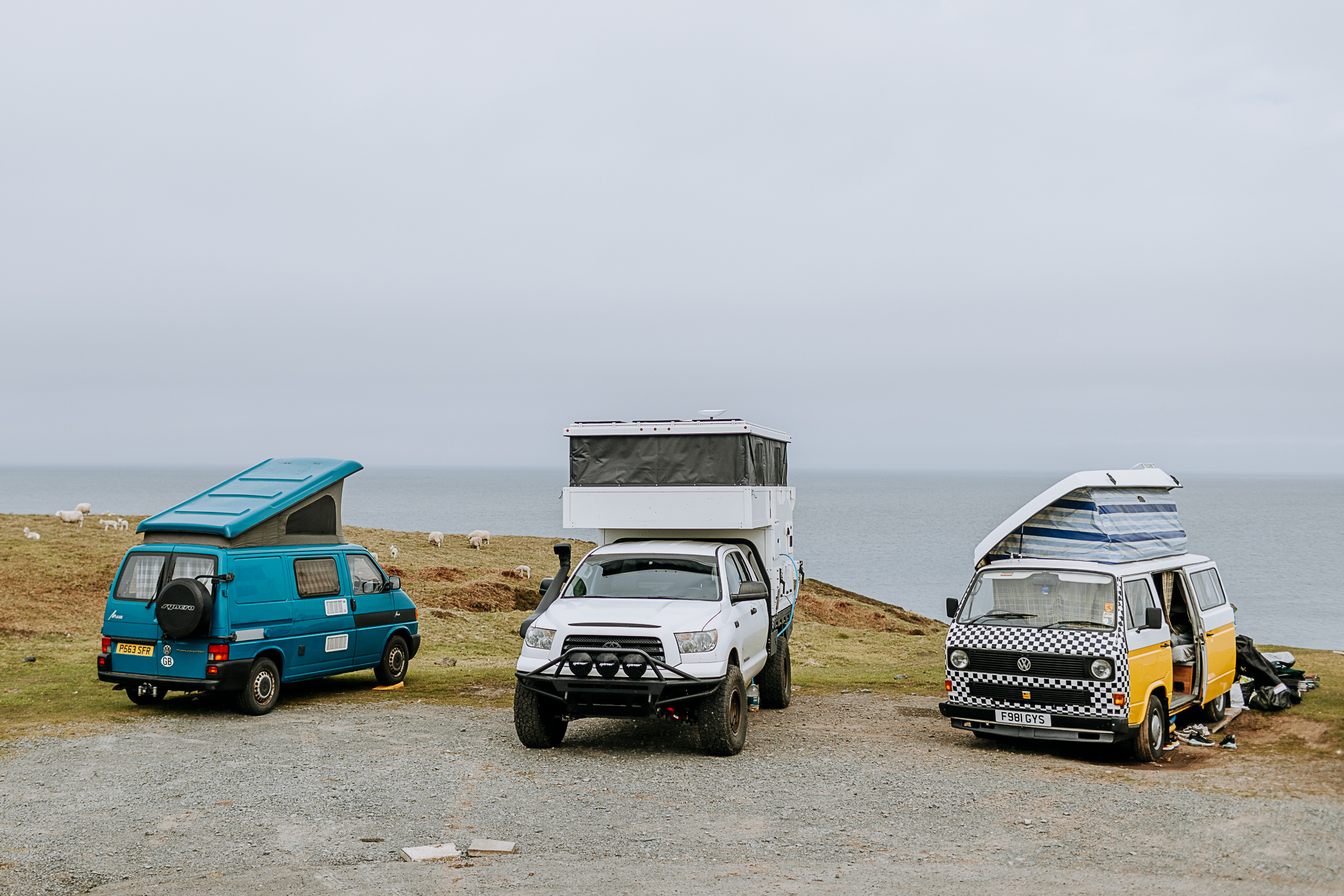
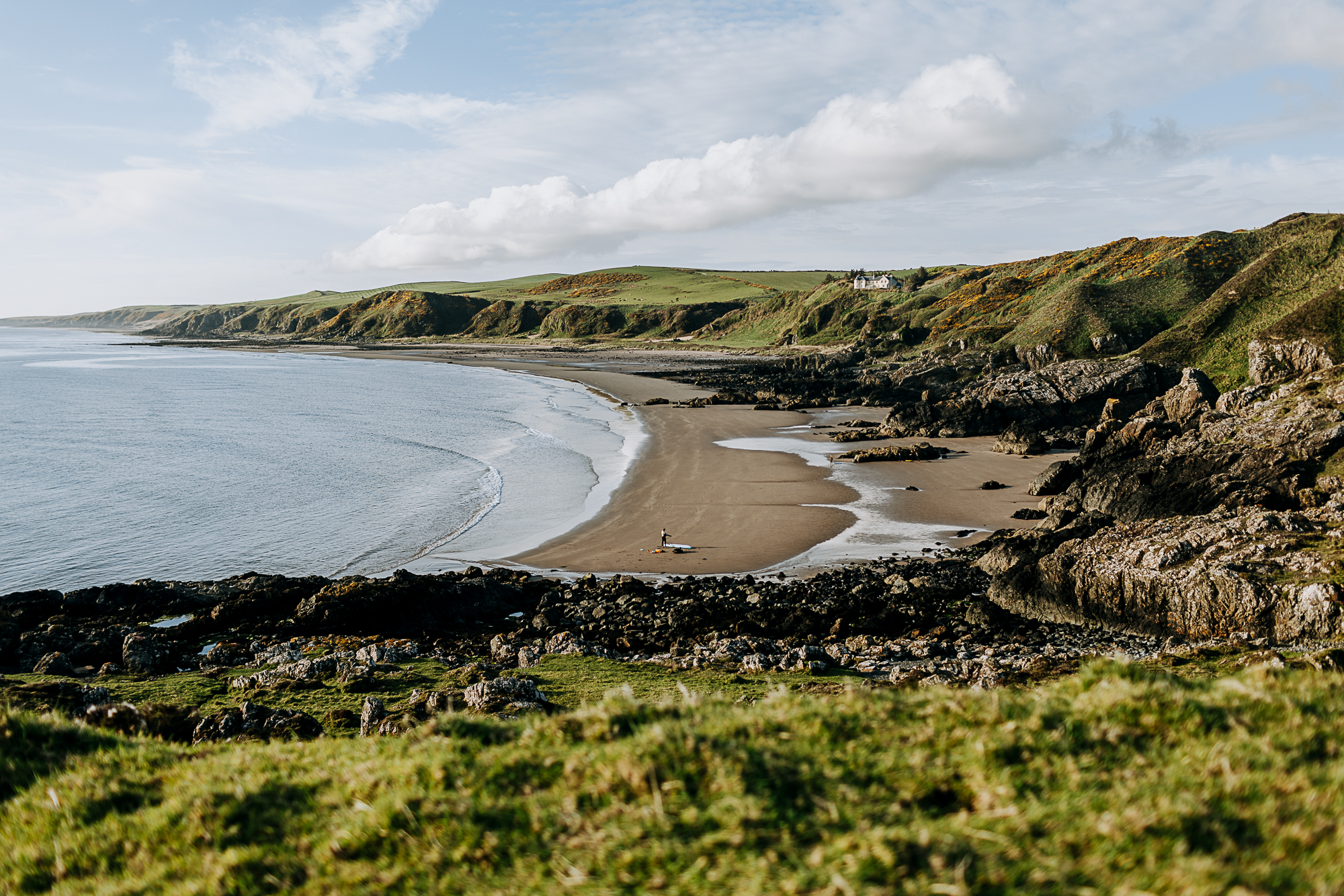
While North Americans are used to vast swaths of land ripe with opportunities for wild camping, much of the land in the UK is privately owned, requiring overland travelers to stay at formal campsites or obtain permission before posting up for the night. Of course, there are exceptions. Never fear—plenty of fun and interesting overnight options are bound to make the most of your time in the region.
If you want to wild camp in England and Wales, Exmoor, Snowdonia, and Peak District national parks require pre-approval from the landowner. In some places, this option only applies to ground tents, not vehicles. I haven’t been gutsy enough to march up to private property, asking for permission to park my Canadian-plated “Yank Tank” for the night, but perhaps you are braver than I am. Note that things are especially sensitive in light of the recent lost wild camping rights in Dartmoor National Park.
While this is true for England, Wales, and Northern Ireland, Scotland’s Land Reform Act of 2003 states that wild camping is permitted as long as you adhere to the Scottish Outdoor Access Code, which reads as follows:
- Avoid enclosed areas (such as fields with crops or animals) or close to buildings and historical monuments.
- Camp away from roads.
- Leave no trace.
One exception is Scotland’s Loch Lomond and The Trossachs National Park, which, due to overuse and damage to the local environment by the park’s 4 million visitors per year, is subject to management bylaws stating that campers in tents, motorhomes, and campervans must purchase a permit to camp in the park’s defined camping zones. These bylaws are in effect from March 1 to September 30, so if you are visiting Scotland off-season, you may camp in the Camping Management Zone without a permit, which usually runs around £4 per motorhome per night.

Camp Like the Locals Do
“Touring,” or caravan culture, is commonplace in the UK, so there are loads of places to park up for the night. We’ve seen everything from Volkswagen Transporter vans (many with pop-top conversions) to kitted Land Rover builds and motorhomes driving and camping across the isles. Farm stays come with views of rolling green hills filled with grazing cattle and roaming sheep, where nearby woodland walks and public footpaths are easily accessible and provide opportunities to stretch your legs and enjoy a breath of fresh air.
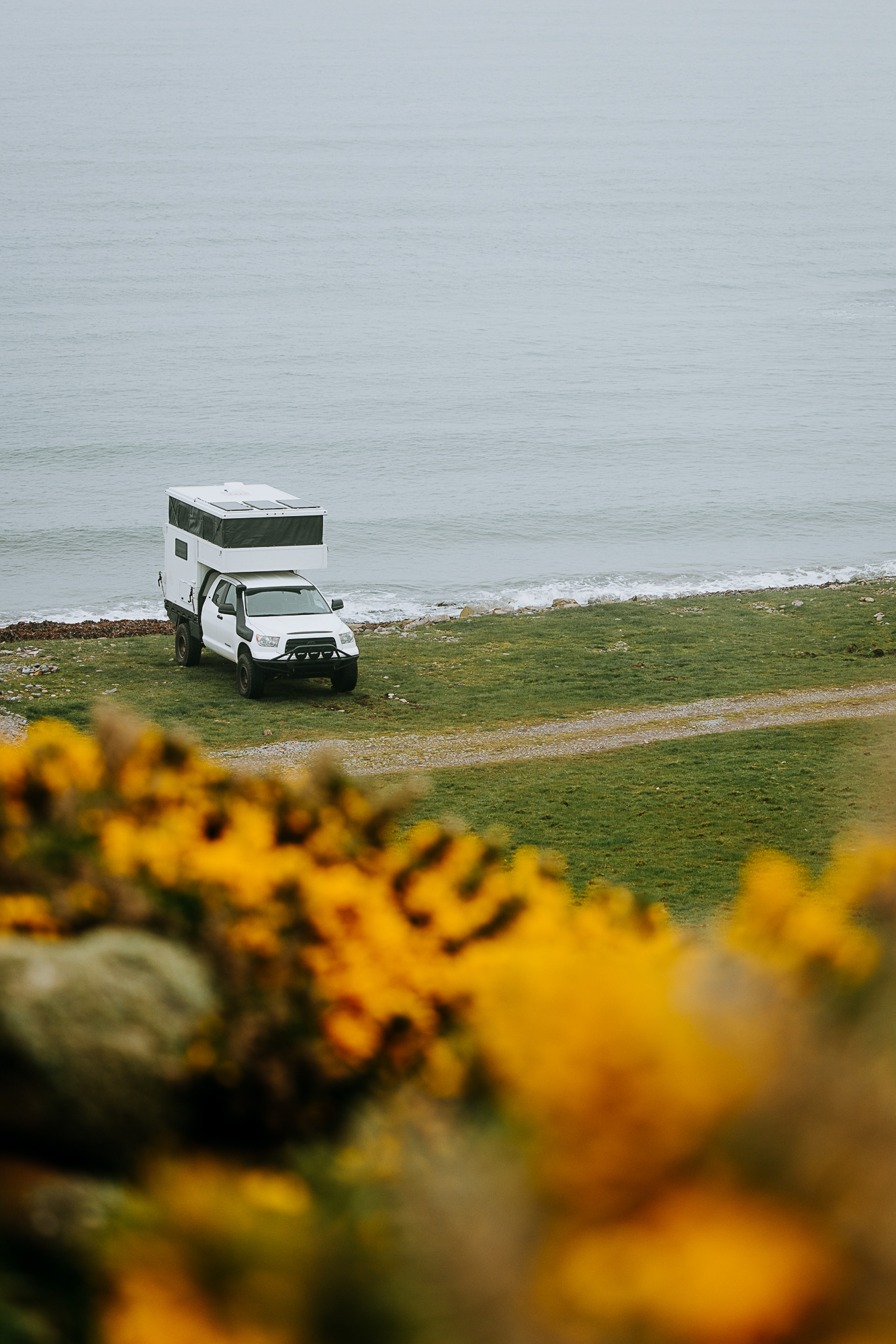
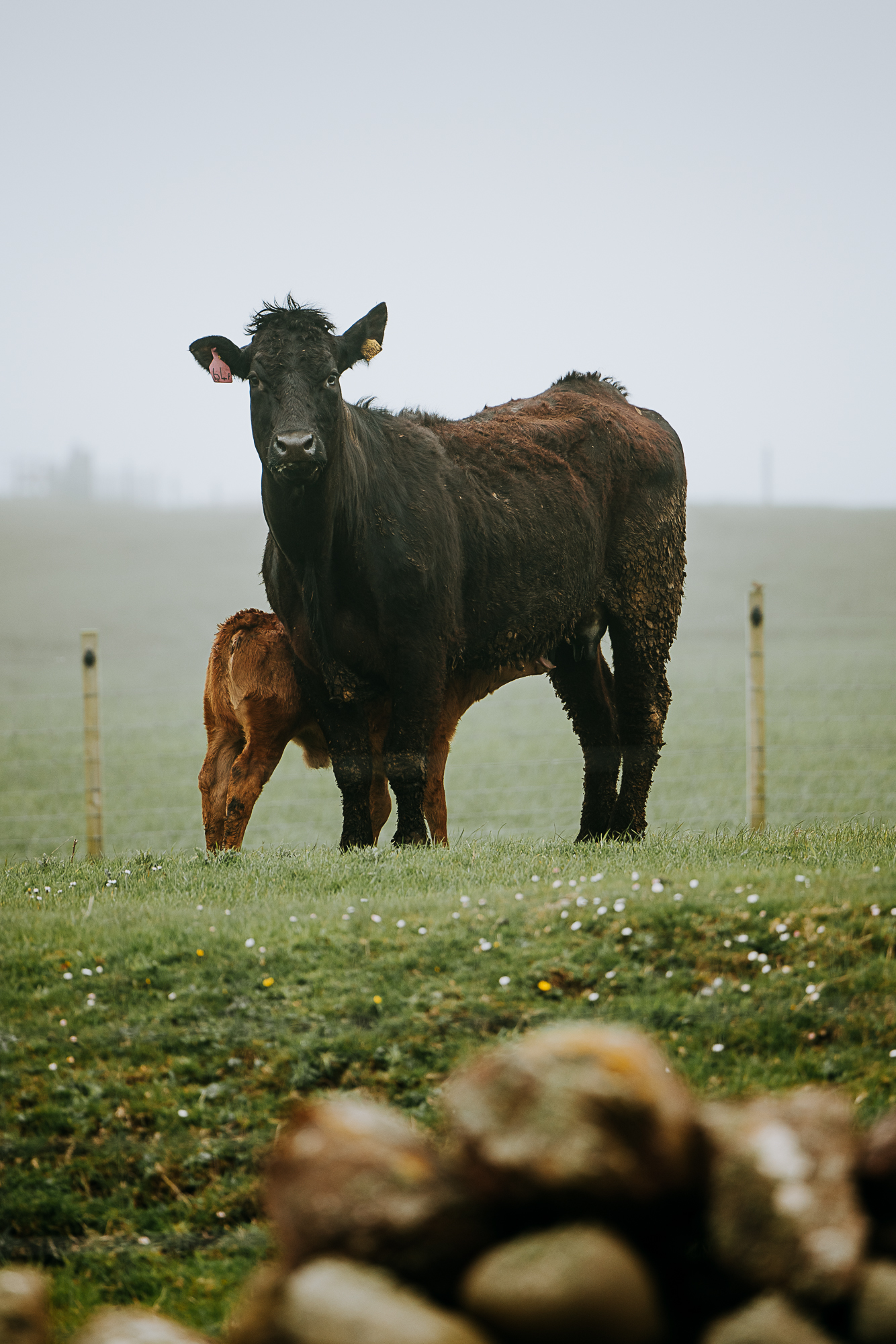
If you’re keen on a pint and a warm meal, overnighting at a pub parking lot provides an opportunity to sit by a roaring fire, chat with the locals, and take a break from self-catering. Most owners will oblige if you ask first and order something off the menu.
Camping apps such as Park4Night and Pitchup are well-populated. Google Maps is also a helpful search tool, listing all kinds of camp spots in the UK, while iOverlander isn’t as commonly used across the pond but does boast the occasional gem.
Certain car parks, such as those part of Scotland’s Stay the Night program, require self-contained grey and blackwater facilities. This is generally considered good practice in the UK and allows for more parking flexibility.
Of course, plenty of campgrounds (or caravan parks) have amenities such as electricity, fresh drinking water, black and greywater dump stations, hot showers, toilets, and laundry facilities. Note that showers are often coin-operated.
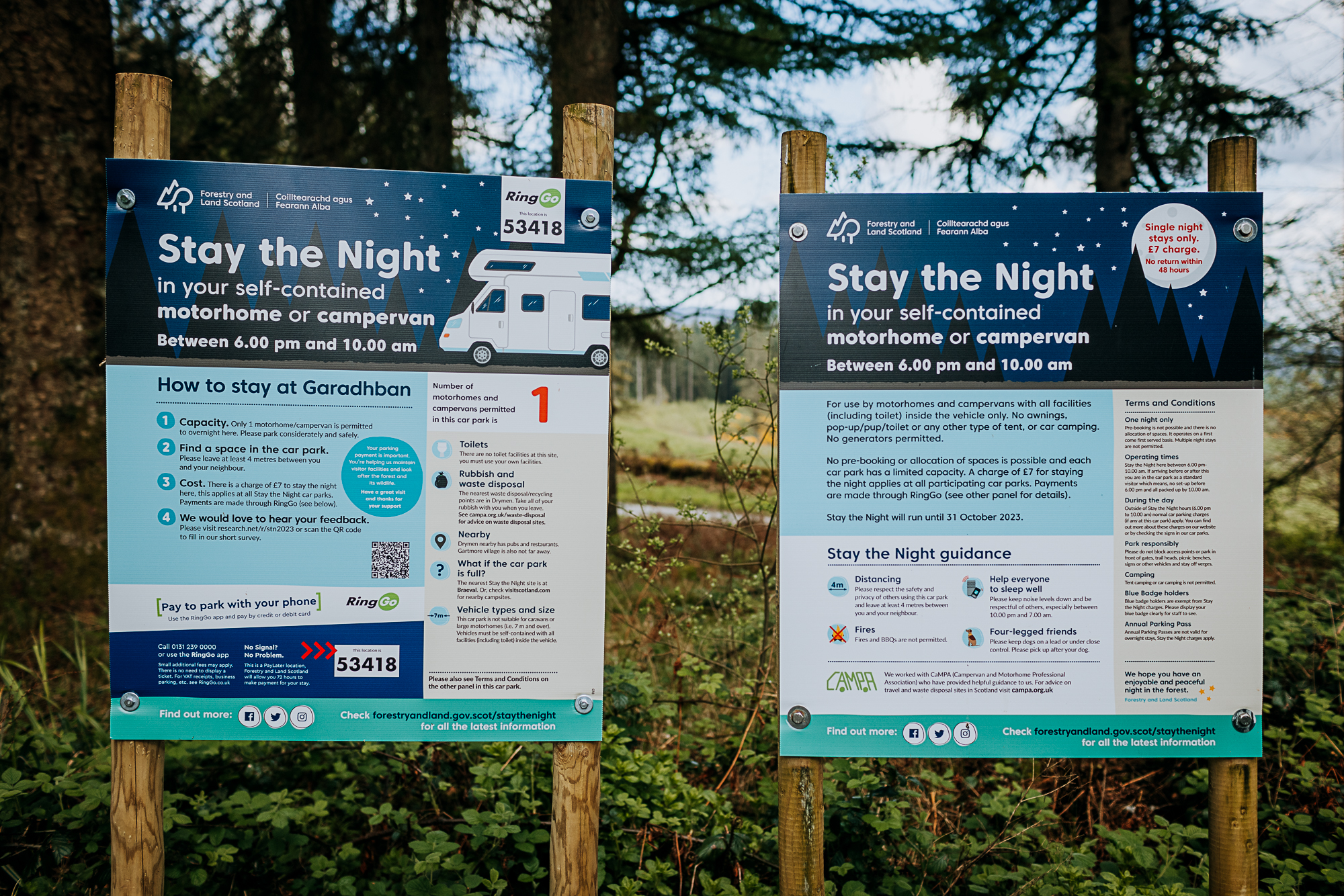
Watch Out for Narrow Roads, Green Zones, and Driving on the Other Side of the Road
Most folks react with shock and horror when they find out we’re driving a 2nd-Gen Tundra in Europe, and I don’t blame them. For years we believed a full-size truck would be too large for the roads we had, in reality, never driven ourselves. However, when we realized Sprinter vans zip around Europe on the daily (and share the same width as the 2008 Tundra), we decided to go for it.
So far, yes, the roads are narrow in some places, but not always prohibitively so. There are plenty of pull-outs to let others pass, and sometimes signs indicate extremely narrow roads unsuitable for lorries and large trucks. We’ve found Park4Night particularly helpful during visits to busy towns with limited parking, as the app lists day lots suitable for motorhomes and other large or oversized vehicles.
UK drivers exhibit patience and grace I’ve rarely witnessed in my fellow North Americans. They regularly steer aside (especially on streets where parked vehicles encroach on passing traffic) and even (wait for it!) respond with a smile and a wave. We return the favor by doing the same and pulling over to allow faster vehicles to pass.
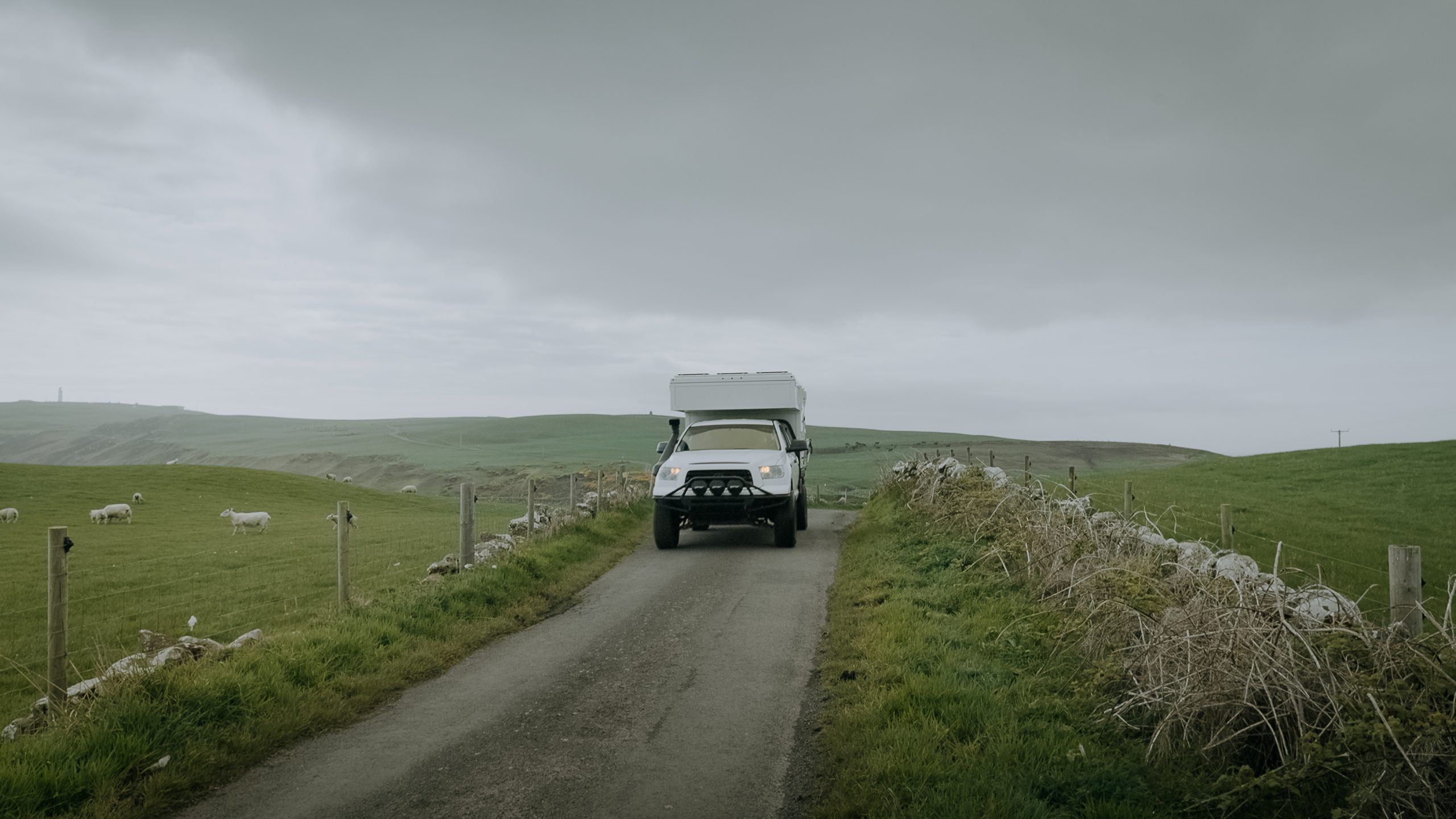
Americans will be relieved to know that speed limits are posted in miles per hour, but, depending on which country you come from, you may have to quickly adapt to driving on the other side of the road. There are lots of round-a-bouts in which to hone your skills. Fortunately, highway lanes in the UK are well-marked with blue arrow signs and route numbers sprayed onto the tarmac in each lane. Speed limits posted along country lanes seem insanely fast to us (typically 60 mph on winding, narrow country roads) but are likely a gas in a Subaru Impreza.
We heard through the overlander grapevine that UK Costco stores offer the best rate on fuel. At the time of writing, the rate was £1.35 per liter, equivalent to $6.43 per gallon. Expect some confusion around octane ratings which are listed here as the research octane number (RON); some simple math indicates that 87 octane is approximately the same as 91 RON in the UK. Using fuel apps like England’s Petrol Prices is one way to track down the best-going rate on gas and diesel.
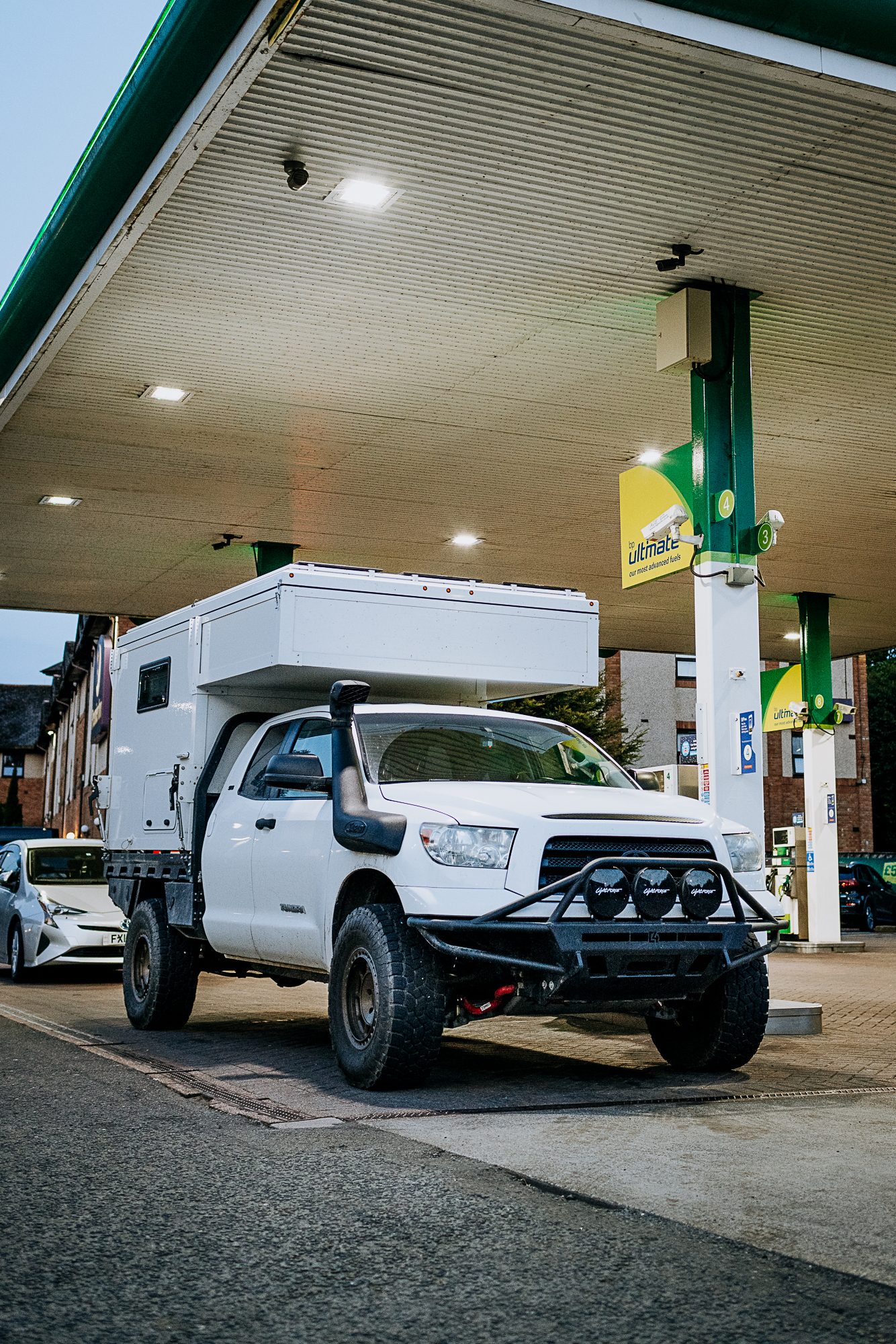
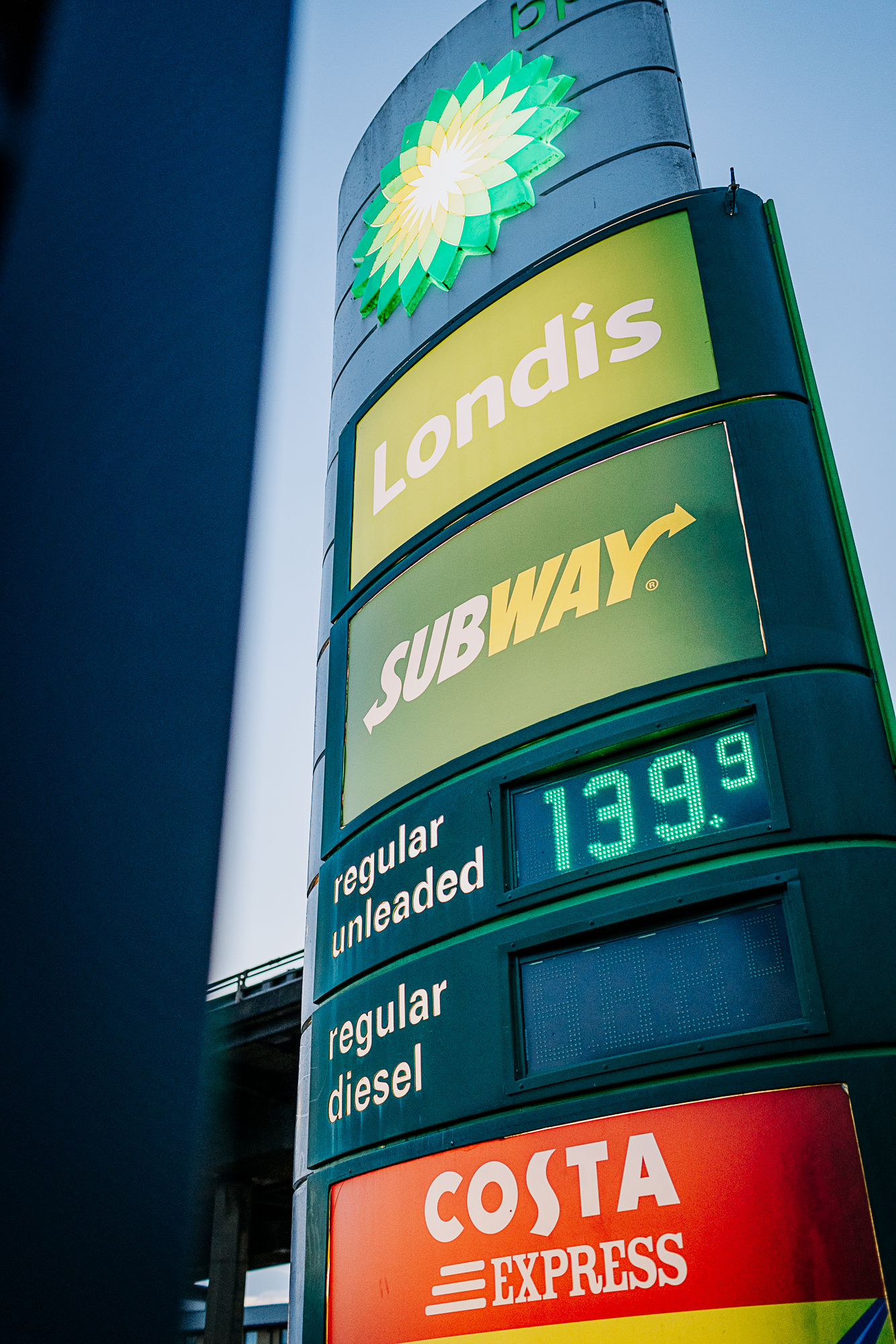
Another essential download before your next UK adventure is the Green Zones app. This resource outlines zones established to reduce emissions by restricting entry, enforcing driving bans, or implementing a driving fee. These zones are most commonly located in city centers such as London, Glasgow (soon enforced in June 2023), and Bristol. Enter your vehicle year, type, and fuel source to determine the zones which apply to you.
Try Greenlaning to Satisfy Your Off-Pavement Fix
Greenlaning is the act of traveling, by motorcycle or motor vehicle, along the UK’s network of byways and unpaved (also called unsealed) roads. The Green Lane Association is the go-to authority on the subject and provides resources for locals, newbies, and overlanders alike.
Local Ordnance Survey maps indicate public right of ways open to the public and are defined as Unclassified County Roads (UCR) and Byways Open to All Traffic (BOAT), which are marked as a series of green crosses.
Local Land Rover and Jeep groups head to the hills just as we do, and I can’t imagine an afternoon better spent than plodding through the mud while sharing the views with the ones who know them the best.
Overlanding on a Budget is Possible in the UK
The overall impression of most North Americans I’ve spoken to is that Europe, including the UK, is expensive. Fuel is costlier in the UK compared with much of North America, but when it comes to food, camping costs, and extra-curriculars, our numbers reveal the per diem to be closer to that of long-term overlanding in the United States and Canada. Remember that the UK amounts to a much smaller landmass than most of us are used to in North America. For example, Texas is almost three times the size.
Items such as a half-dozen carton of free-range eggs (£1.95) or artisanal sourdough bread (£2!), from the local Tesco grocery store seem like a steal compared to items back home. A full-fledged campground with showers, toilets, and facilities will set you back about £20 to £25, on average but, of course, these numbers vary wildly depending on location and season.

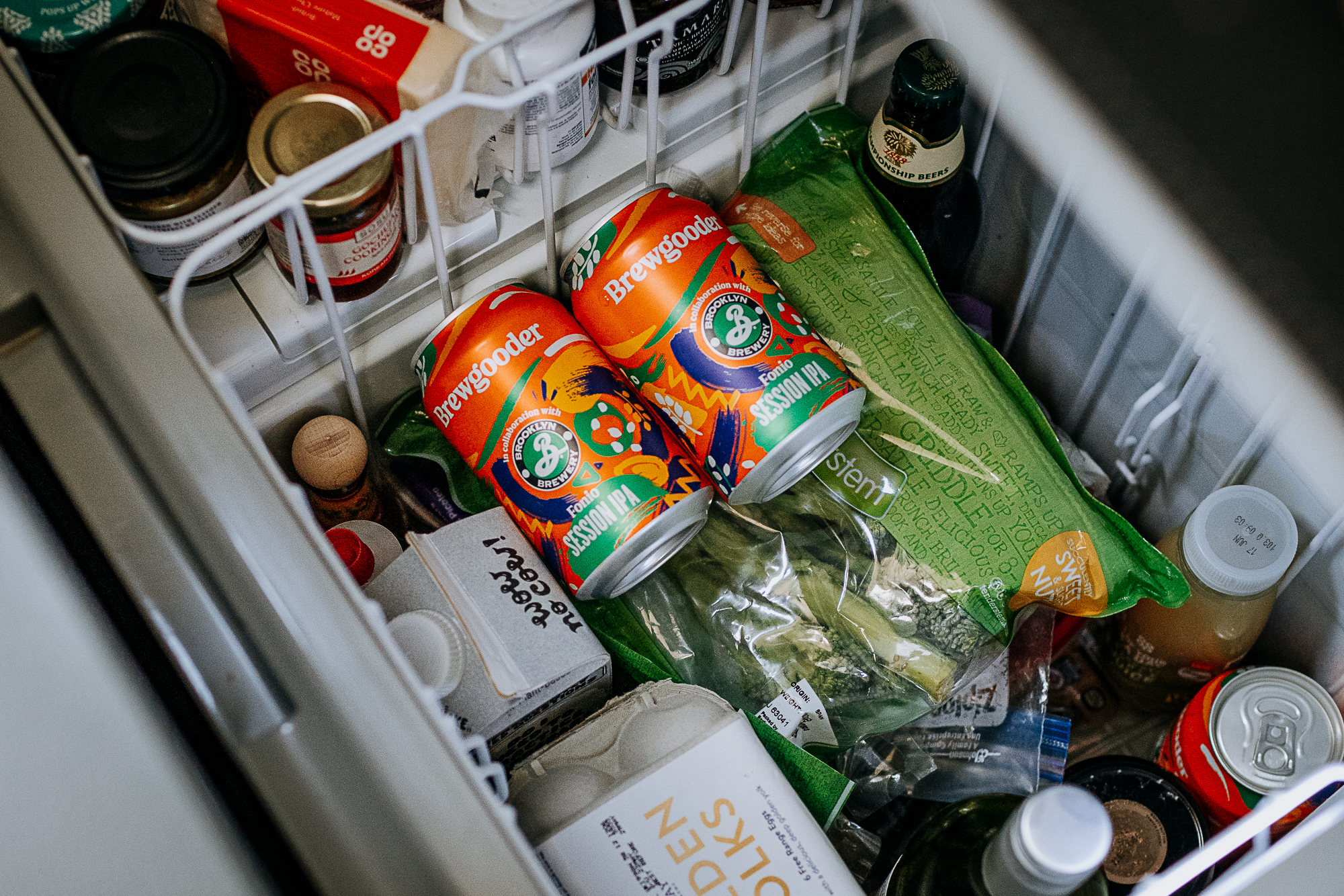
Meals at the local pub are best enjoyed as a treat if you’re sticking to a tight budget. We find breakfasts and lunches out to be a better bang for the buck than dinners; there’s often a delicious soup of the day with homemade bread available for around £5. Teatime marks another opportunity for indulgent treats that won’t blow your budget. Ales, wine, and the hard stuff run around the same price as the US when purchased at local grocery stores. One final note: taxes are included in most costs, so what you see is truly what you get.
Our No Compromise Clause: We carefully screen all contributors to ensure they are independent and impartial. We never have and never will accept advertorial, and we do not allow advertising to influence our product or destination reviews.


